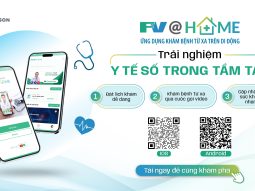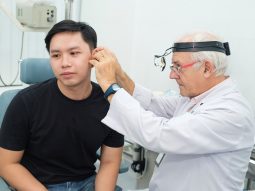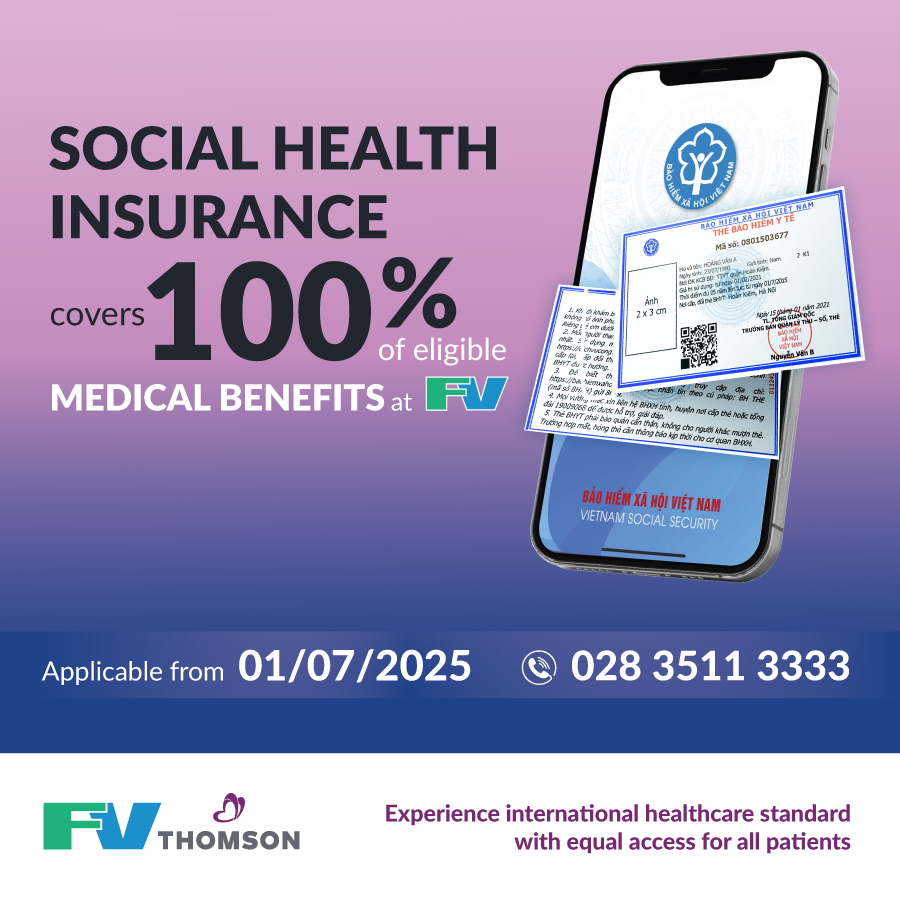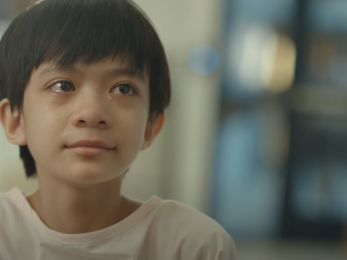Injuries from Pickleball in particular, and sports in general, can have serious consequences if not treated in a timely and comprehensive manner.
For any sports enthusiast, especially Pickleball players, an injury that sidelines them for six months is a real setback. In this article, FV Hospital’s orthopaedic trauma specialist highlights important warnings to help athletes prevent lingering injuries that may interrupt their pursuits.
Emergency Surgery After Bone Fracture and Joint Dislocation from 4 Hours of Nonstop Pickleball
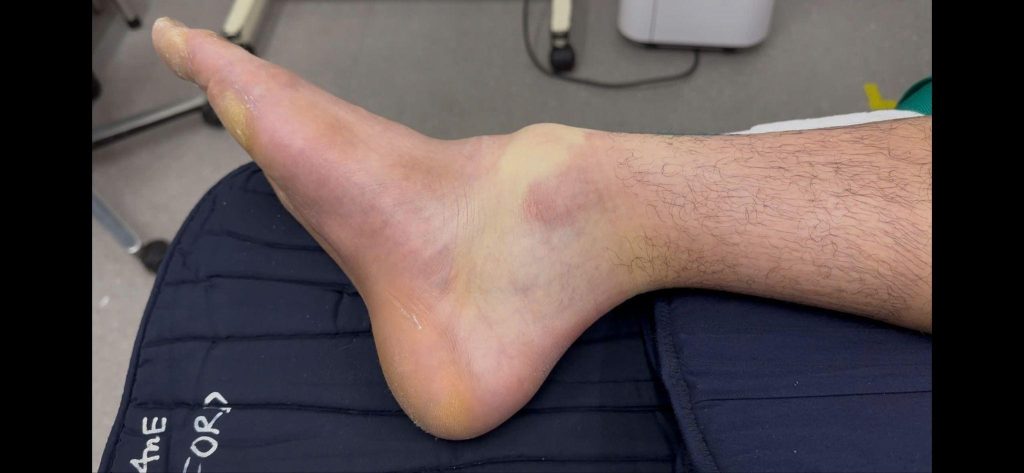
P.D.C., 28 years old from Ho Chi Minh City, a long-time sports enthusiast, was recently rushed to FV Hospital after a serious accident on the Pickleball court. During a four-hour intensive training session, he slipped, suffered a heavy impact to his ankle and collapsed on the spot.
According to Dr Nguyen Tuan Dinh from the Bone & Joint Centre at FV Hospital, the patient sustained a complex ankle fracture-dislocation. “The ankle joint was severely damaged: the tibio-talar joint was dislocated posteriorly with a one-third fracture of the bone; all surrounding ligaments were completely torn, causing the joint to dislocate outward under a strong twisting force,” Dr Dinh explained.
The patient underwent reconstructive surgery to stabilise the dislocated ankle. Dr Dinh used a syndesmotic suture-button fixation technique to repair the torn tibiofibular ligament. This advanced method is regarded as one of the most effective and thorough approaches today, providing stable and long-lasting joint fixation without the need for early removal of hardware, unlike traditional screw fixation.
After surgery, the patient was prescribed specialised physiotherapy with FV’s Physiotherapy & Rehabilitation team. He is expected to walk normally after at least three months of continuous physiotherapy, while a return to sports may take four to six months.
The Hidden Risks of Sports Injuries: Stiffness, Muscle Atrophy, and Re-fractures
With the rising popularity of sports, particularly Pickleball, injuries such as sprains, tendon tears, cartilage damage, ligament rupture, dislocations, and even fractures are becoming increasingly common. Although often seen as a light sport, Pickleball has been linked to a surprising number of serious injuries among young players. The game’s high intensity, quick reflexes, and constant directional changes are believed to contribute to its higher injury rates.
Treating sports injuries – especially complex ankle fracture-dislocations – requires a comprehensive, step-by-step approach. Identifying all associated injuries, particularly ligament damage, is critical to ensure proper treatment planning.
“The ankle is made up of bones and a complex network of ligaments. While fractures can be detected on X-rays, ligament damage can only be assessed through MRI or ultrasound. If misdiagnosed, the injury may not be treated correctly, leading to chronic ankle instability and preventing patients from returning to professional-level sports,” Dr Dinh warned.
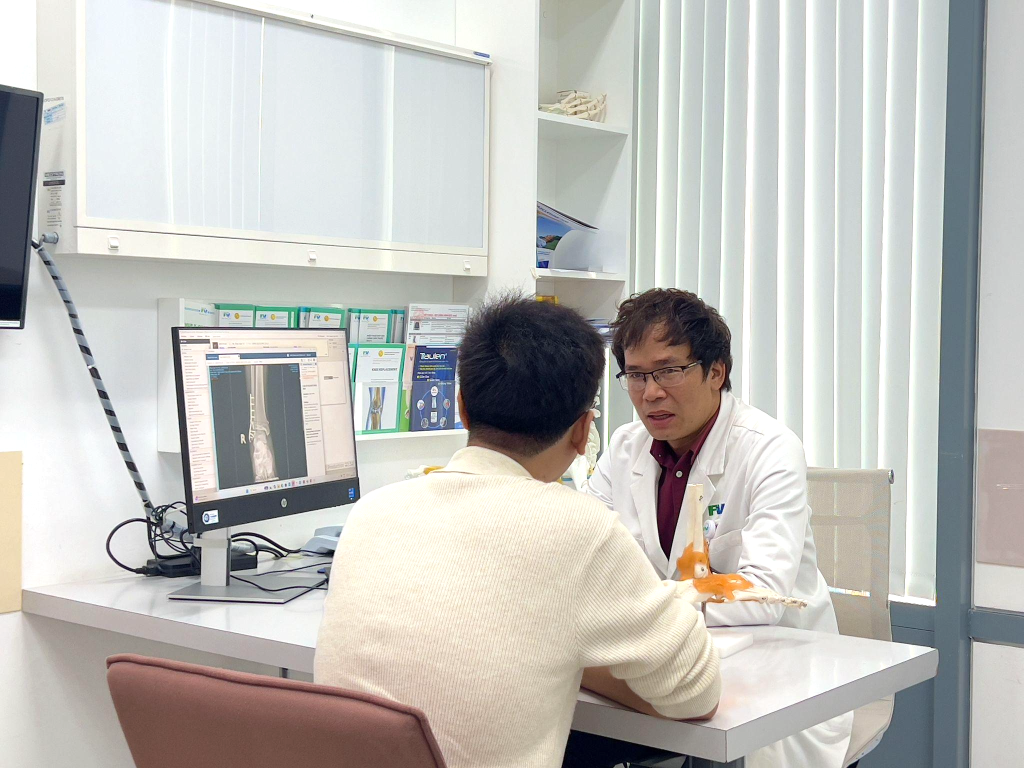
Physiotherapy is a crucial part of recovery after sports injury surgery. However, many young patients, for various reasons, fail to maintain regular exercise or stop training before they have fully recovered. “Physiotherapy accounts for 50% of the treatment outcome. If patients undergo surgery without performing physiotherapy correctly, adequately, and consistently, they are at high risk of joint stiffness, muscle atrophy, and incomplete joint recovery,” Dr Dinh emphasised.
Another common mistake is removing orthopaedic fixation devices too soon. These devices can typically remain in the ankle for around 2–3 years. Removing them prematurely may increase the risk of re-fracture or joint instability.
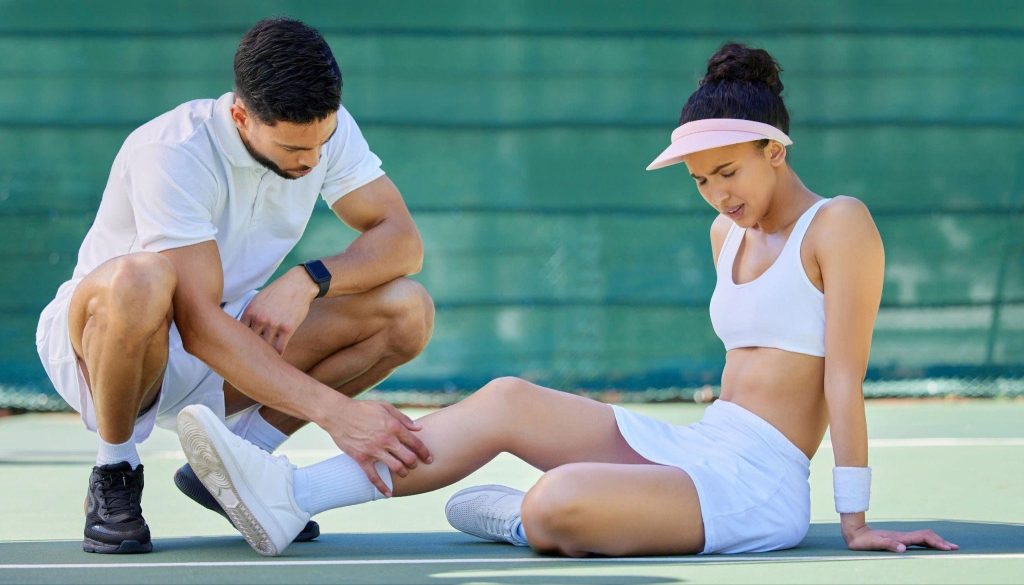
Many people attempt to self-diagnose and self-treat their injuries, which can worsen their condition. If an ankle feels loose or unstable, remains painful, or stays swollen for a prolonged period after injury, patients should seek a specialist consultation, as ligament damage does not always show obvious signs in the early stages. In particular, if the injury results from a strong impact, such as jumping from a height, falling, or a traffic accident, or if pain and swelling persist for 3–4 weeks without improvement, prompt medical examination is essential.
FV Hospital has become a trusted centre for sports injury treatment, thanks to its team of highly experienced doctors in managing complex trauma cases, its advanced MRI and CT imaging systems, and its multidisciplinary treatment protocols. The Bone & Joint Centre at FV is dedicated to providing accurate, timely, and comprehensive care, applying advanced and minimally invasive techniques, and following a patient-centred approach that supports patients throughout their recovery journey.
In addition, FV’s Sports Medicine Department brings together specialists who assess, advise, and provide care for active individuals of all levels, including professional athletes. The department supports people of all ages who enjoy physical activity, whether they are just starting out, checking their fitness levels, improving performance, or seeking guidance on preventing sports injuries.
For more information about sports injury treatment at FV’s Bone & Joint Centre or the support services offered at FV’s Sport Medicine Department, please contact: (028) 35 11 33 33.

 Vi
Vi 
